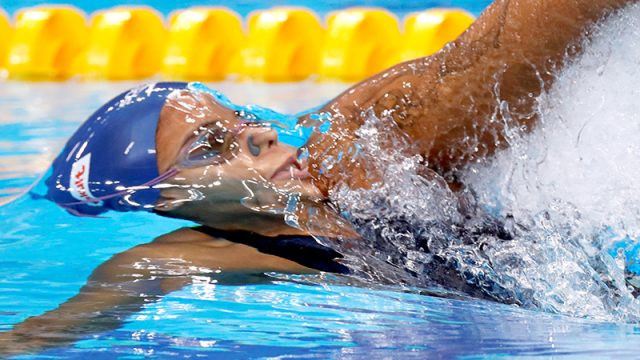
Swimming is one of the commonest sports and people do it professionally or as a hobby. It’s known to be a low-impact fitness activity and millions of people participate in the recreational sport. Professional swimmers always practice and participate in competitions all year round. Such swimmers will put their joints through repetitive motion every now and then. As a result, these joints become prone to getting injured. Mist swimming injuries tend to affect the shoulders, hips, knees and the back depending on the swimmer’s stroke. This is a review of the most common swimming injuries and how to treat and prevent them.
Causes of Swimming Injuries
As mentioned before, swimming regularly makes your joints work in a repetitive motion. As a result, they become overused and with this come fatigue and failure to follow the right stroke techniques. It’s normal for swimmers to show joint laxity or tremendous flexibility. Getting injured slightly causes the shoulders or the affected joint to become unstable. This will lead to pain and at times tendinitis might occur. Experiencing repetitive micro-trauma injuries on the knee and hips can result from strokes such as breaststroke kicking and dolphin kicks.
The Most Common Swimming Injuries
All body joints can get injured during swimming but some body parts and regions are more prone to getting injured. Here are the most common injuries swimmers suffer from:
- Swimmer’s shoulder
Almost all swimmers use the shoulder one way or the other. The shoulder is one of the most commonly affected joints. It gets affected due to overuse or other swimming injuries. There are two main ways the shoulder gets affected. First, you may experience rotator cuff impingement. You will experience pressure on your rotator cuff from the scapula or part of the shoulder blade when you lift your arm. The second form of injury is biceps tendinitis which is a painful inflammation affecting the bicep tendon. You might also experience shoulder instability which occurs when the structures and muscles around the joint don’t work properly. As a result, the shoulder ball is not maintained within its socket. This arises from fatigue of the muscles surrounding the shoulder blade due to overuse and weakness of the rotator cuff.
- Lower body injuries
Although lower body injuries are not as common as shoulder injuries, they do occur and can be severe. The most affected lower body parts include the knees, back and hips. Knee injuries mostly involve ligaments and tendons. It’s known as breaststroker’s knee. Swimmers who breaststroke frequently may also suffer from hip pain due to inflammation of the tendons in the hip area. Dolphin kicks tend to cause back problems. The most affected part is the lower back whereby you experience disk problems. You might also get an injury between the pelvis and the spine.
Prevention and Treatment of Swimming Injuries
Sports physiotherapy will help you with strength training which should focus on:
- Rotator cuff muscles and scapula
- Quadriceps and hip muscles
- Abdominal and back muscles
The best preventative measure to avoid swimming injuries is warming up properly before swimming. You should also use the right technique depending on the stroke you are using. By observing that, you will avoid getting injuries during swimming.
